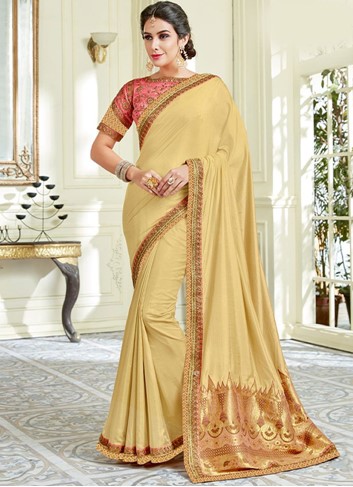
Saree which is also referred to as Sari has its origin from the subcontinent of India. It is a female garment cherished by the Indians dating back to several centuries ago. Saree is not a mere straight dress, it is a full garment that can be between many meters up to 8 meters lengthwise while it can be up to 1.20 meters in breadth.
Though there are many styles of Sarees but Nivi is the most common type of Saree. Nivi has its root from the Deccan part of India. Saree is a female outfit that is wrapped around the waist while allowing the other loose end to hand or drape over the shoulder. Till date, Saree is still remained highly valued among the Indians as a traditional garment. The phases and designs of sarees are changing fast with the daily creativity, innovation, and elegance revolution that Saree is seen. Creative designers are continuously adding colors, styles, varieties, and glamour to sarees which renders it more acceptable than before.
How to wear Saree?
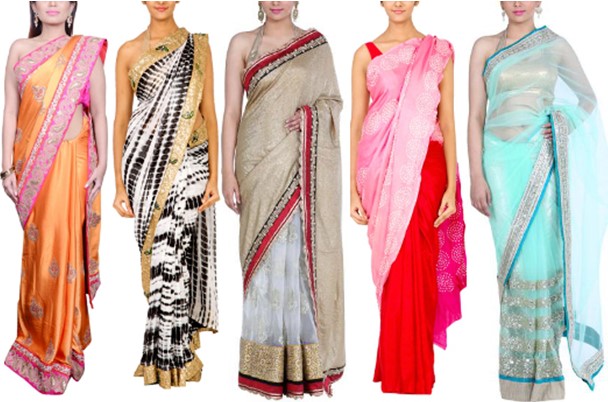
A saree is a woman’s garment that can be worn traditionally for different occasions by Indian women. Today Sarees have gone beyond the shores of India with wide acceptability in the global market. Saree can be worn any time throughout the year. Saree is also adaptable for every occasion. With a good choice of material and garments, Saree can be worn during the harsh winter or the scorching summer.
A saree is a traditional unique garment that you will find many Indian women adorning with gait and pride. This traditional ware looks simple, but it has a specific way to adorn it to really bring out its beauty. The wearing involves wrapping round the body and draping the loose part over the shoulder. This is done in a meticulous manner to achieve the Saree perfect look.
India women know the importance of going through the proper ritual of wrapping and draping their Saree to create a unique and appealing outfit. A poorly draped Saree creates a poor impression. Typically, Saree is worn with base attire which may look similar but different in fabrics. It is not unusual seeing women wearing a long-slim skirt underneath a Saree. The skirt normally carries a drawstring to secure the Saree when tucked into the skirt to prevent it from falling. To complement the skirt as the base attire is a tight-fitting blouse, not too short and not too long.
The wrapping of Saree traditionally and culturally is never a problem with an Indian woman, not even the young female. Funnily, a badly or carelessly wrapped Saree is easy to detect. You need to create some pleats on your Saree when wrapping on your body to give it a good looking appeal. Wrapping and draping of Saree is not a careless exercise, sarees have greater emotional attachment than just throwing it over your body.
It is important to state here that there are some variations on how to wrap and drape Sarees. These variations can be as a result of status, tradition, region and other factors.
Sarees can be worn during traditional rites like marriages, Puja, and for other occasions.
It is not out of place seen women wearing Sarees to other occasions and in some instances Sarees are worn as daily normal wears.
Are Sarees Expensive?
It is very interesting to know that despite the tantalizing appeal of Sarees, the prices are still affordable. Though there is no hard and rule about the pricing of Sarees as many factors determines the price. Such price determinants include fabrics, styles and designs, customization, and source. These factors constantly play active roles in the pricing of Sarees. By-and-large, every woman can get Sarees of her choice and taste irrespective of the price variations.
TYPES OF SAREES:
Talking about the types of Sarees is really interesting. Sarees exist in different types, styles, and fabrics. The choice of the wearer determines the type of Saree a woman puts on. Style, cost, fabrics, are the determining factors in many cases.
Let’s take a quick scan of a few of the Sarees available in the fashion shops like Style Caret where you can find any Saree of your choice.
West Bengal Tant
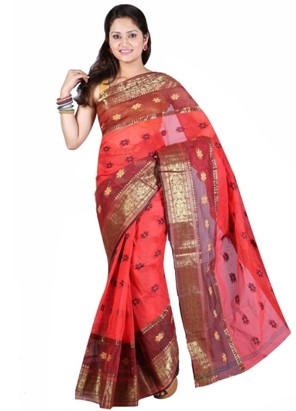
This is a traditional Saree which took its root from Bengal. Today it is well accepted and embraced by almost all Indian women across the globe. It is woven of the cotton and light in the body.
Kerala Kasavu
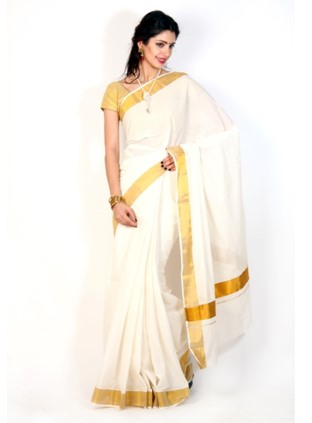
Which is also called Settu Saree. It was traditionally made up of dhoti, a top blouse and a peace that just goes over the shoulder. Also, some variations of this type were in vogue, but not as popular as it used to be. The modern Kasavu Saree has a golden border made of real gold threads.
Muga Saree
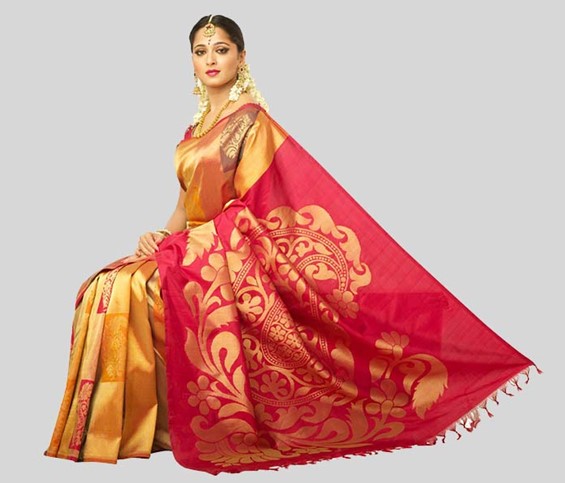
This type comes from the Assam region and it has gained great acceptability among the India women. It is made with special silk. The silk is nature-endowed through a special type of larvae. The result which comes in the form of a glossy and very durable thread is put to use to make the Muga silk Saree.
The types and styles of Sarees are vastly growing by the day and there are limitless numbers of them today. This is due to the ever-growing innovations by artisans and Saree shops. Today we have some woven Sarees by individual artisans. These artisans even go a step further to spin, dye and weave the local yarns using the local pit loom to achieve their beautiful work.
Variations of Sarees available in different Sarees shops today include the plain Sarees, Summer Sarees, Printed Sarees, Embroidered Sarees, and numerous other types and styles. Sarees shops like Stylecaret have all variations which you cannot miss.
Sarees and their impressive outlook on women have clearly stood them out as unique traditional wares that cannot for long be taken out of fashion in India and global fashion diary. The creativity and innovation that is constantly geared towards creating new styles and the new impression will continue to enhance Sarees as authentic fashion garments for women.

